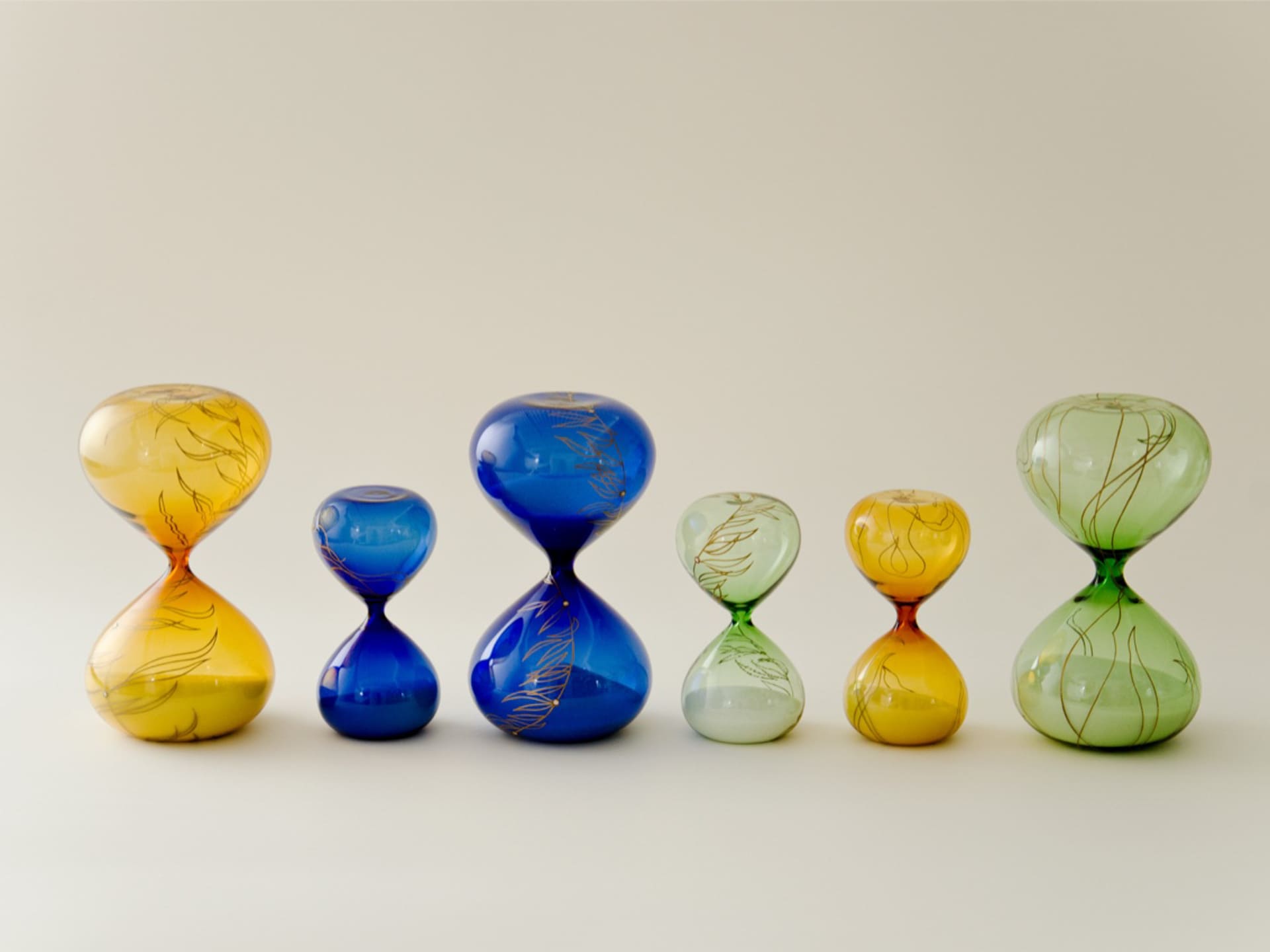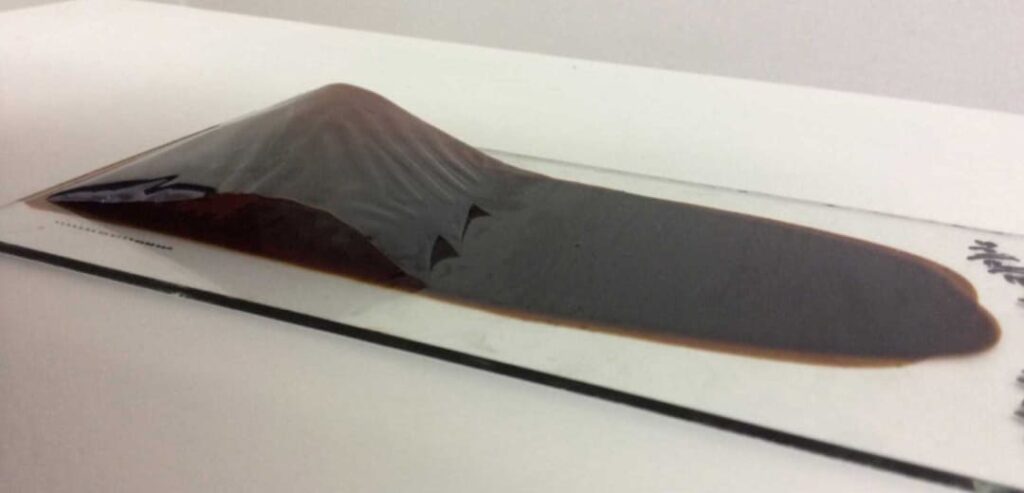
Qualia Coating
Groundbreaking Surface Treatment Technology Born from Customer Requests
In the past, it was widely accepted that Urushi (lacquer) did not adhere well to smooth surfaces like glass and ceramics. Traditional methods such as sandblasting, baking treatments, or primer application were used to improve adhesion, but these methods had several challenges:
- Additional steps increase time, effort, and cost
- Primer treatments affect the thickness and texture of the paint, altering the surface feel of glass
- For delicate maki-e (Urushi art), the texture of unpainted areas may change when the entire surface is polished or painted. Masking off areas can be very time-consuming.
There were problems like that. These processes are not only time-consuming but also have been linked to the quality of the products, which has bothered the creators. Qualia coating processing (Q.C processing) solves this problem. In addition to applying, this is another option that strengthens the adhesion to the Urushi. I hope you will find this helpful. These challenges were not only time-consuming but also affected product quality, creating difficulties for artisans. The solution to these issues is “Qualia Coating Processing” (Q.C. Processing), a groundbreaking treatment. In addition to applying Glass Urushi, this technology strengthens adhesion to Urushi, providing another excellent option.
Features
Improved adhesion to materials such as glass, ceramics, stainless steel, silver, and shells through a special surface treatment.
No change in the material’s texture: The invisible underlayer is treated without altering the base material.
- Natural Urushi can be used.
- No need for sanding, primer, or baking.
- No complicated masking required.
- The base material’s texture remains unchanged.
- After Qualia Coating, Urushi can be applied directly, resulting in strong adhesion once dried.
- Combined with glass Urushi further enhances security.
- Complies with Food Sanitation Act
How to use
- Send the items to us for Qualia Coating processing (Q.C. Processing).
- Do not degrease the items with lacquer thinner before applying Urushi. This may reduce effectiveness.
- Handle carefully to avoid fingerprints or marks.
- Apply Urushi within one week of receiving your items back.Allow the Urushi to dry as usual.
- After drying, it is recommended to avoid using the item for at least three weeks and place it in a “Shime-buro” (curing bath) to allow the Urushi to fully harden and reduce the risk of peeling. The adhesion strength increases as the Urushi cures.
Precautions for Use
- Some shapes may not be suitable for processing.
- Pricing varies depending on the size, shape, and quantity of items.
- 100% adhesion cannot be guaranteed.
- Testing for adhesion is always recommended.
Our Water Submersion Adhesion Test Results

Test Results: After applying Urushi and letting it cure for 3 weeks, the uncoated item peeled off after 1 day when submerged in water, while the Q.C. coated item showed no peeling after 6 months.
Note: The results above are based on our tests. We recommend customers conduct their tests as results may vary depending on the base material.
Order Information
To place an order for Qualia Coating, please send your product to us. You are responsible for the shipping cost. For more details, please contact us.
Sample Pricing
For 6 glass cups with no indentations, the price per cup is ¥800 (excluding tax).
Note: Prices may vary depending on shape and quantity, so please contact us in advance for an accurate quote.